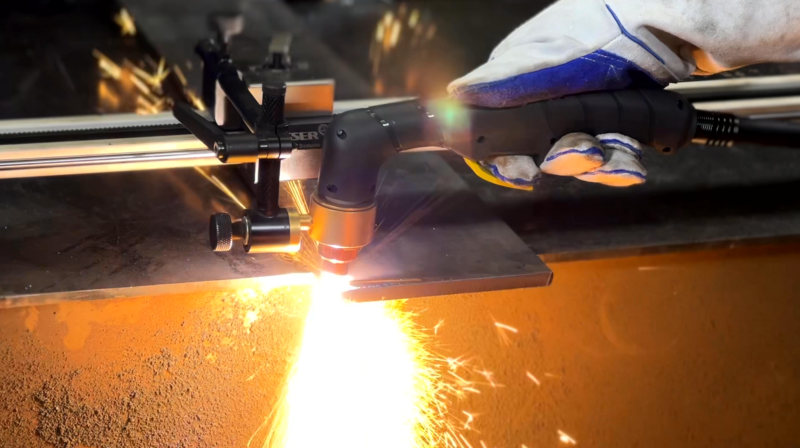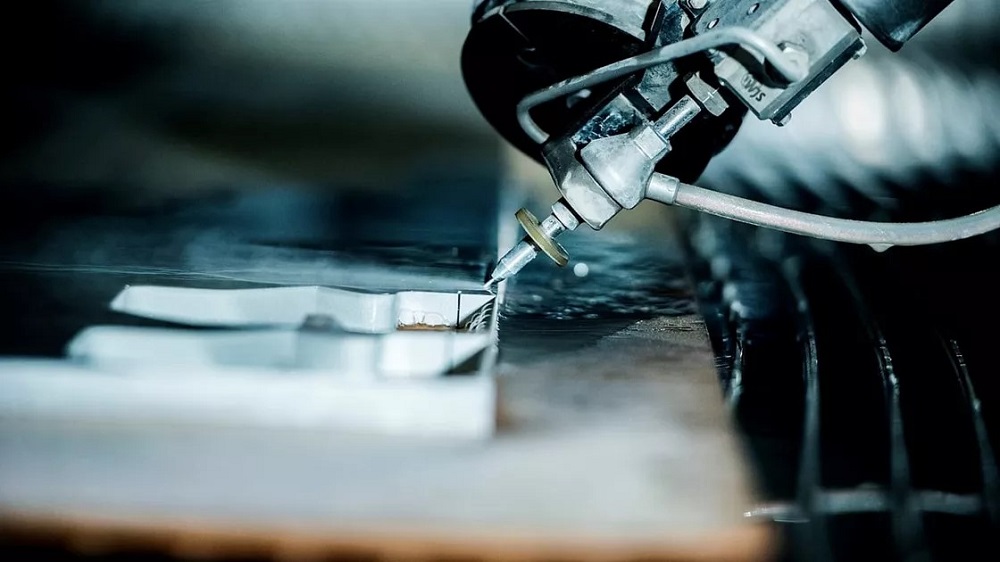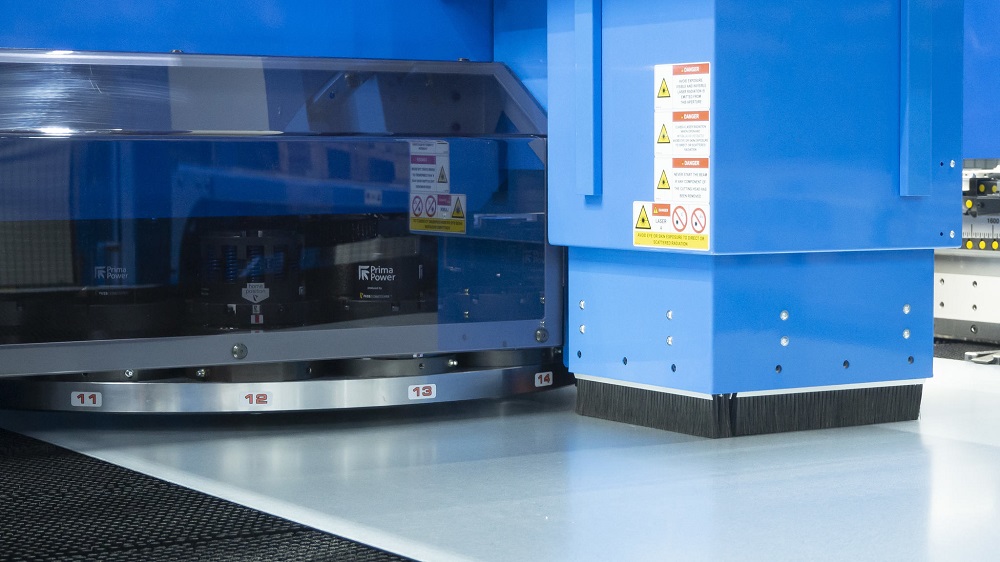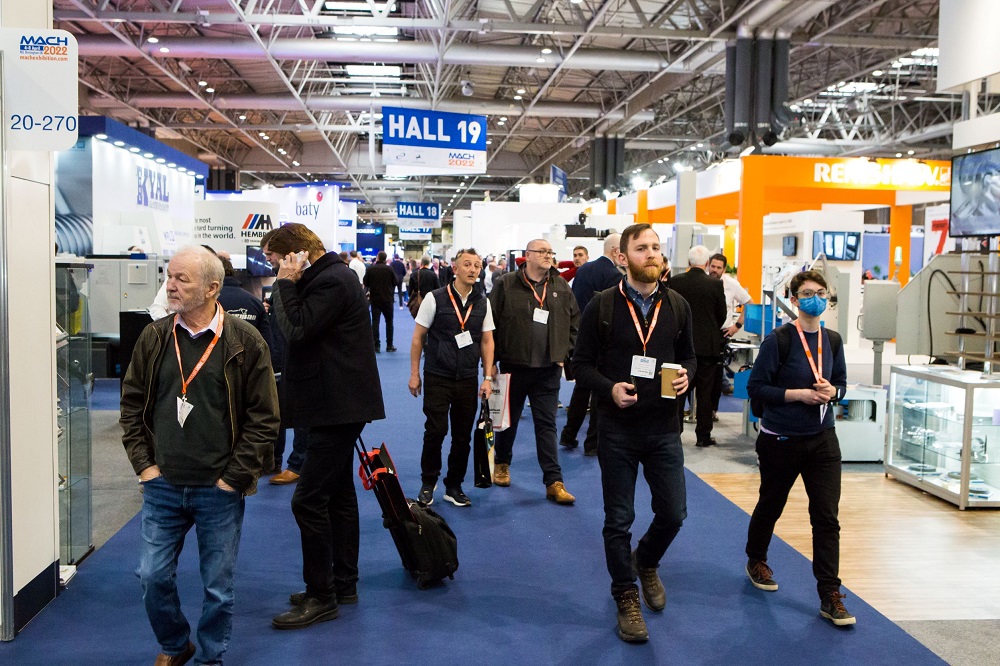Maximum productivity and precision with safe working and climate protection in oxy-fuel technology optimally meshed – Messer Cutting Systems demonstrated at September’s SCHWEISSEN & SCHNEIDEN exhibition in Essen, how this balancing act is achievable with innovative developments. The focus was on, among other things, the safety system SAT (Safety Advanced Technology) and the new, environmentally friendly fuel gas alternative, HyCut.
The patented SAT system is essentially a ‘leakage finder’ that increases the safety of workplaces where hand cuttingtakes place. SAT extinguishes the torch flame and stops the gas supply in the event of damage to the hose from flying sparks, sharp objects or other workplace dangers. Additionally, setting the flame becomes completely unnecessary for users of the SAT system.
“In this way, SAT not only ensures a significant improvement in workplace safety, but also saves time and ensures more operating comfort as the flame no longer requires adjustment,” says Joachim Pauly, global oxy-fuel product manager.
Fuel gasses such as acetylene and propane have a carbon base, so there is an acute need, for alternatives that reduce CO2 footprint. HyCut(from gas to application technology) uses hydrogen as the fuel gas.
Jörg Mosser, CEO of Messer Cutting Systems in Europe, says: “Hydrogen as a fuel gas for oxy-fuel equipment can play an important roleon the path to decarbonising the economy. A joint development between Messer and Messer Cutting Systems, HyCut is the new high-performance and sustainable alternative to conventional oxy-fuel equipment. Our tests have shown that the use of HyCut gasses significantly reduces emissions of CO2, nitrogen oxides and dust.This not only contributes to environmental protection but also improves health protection in the workplace.”
For further information https://uk.messer-cutting.com



















